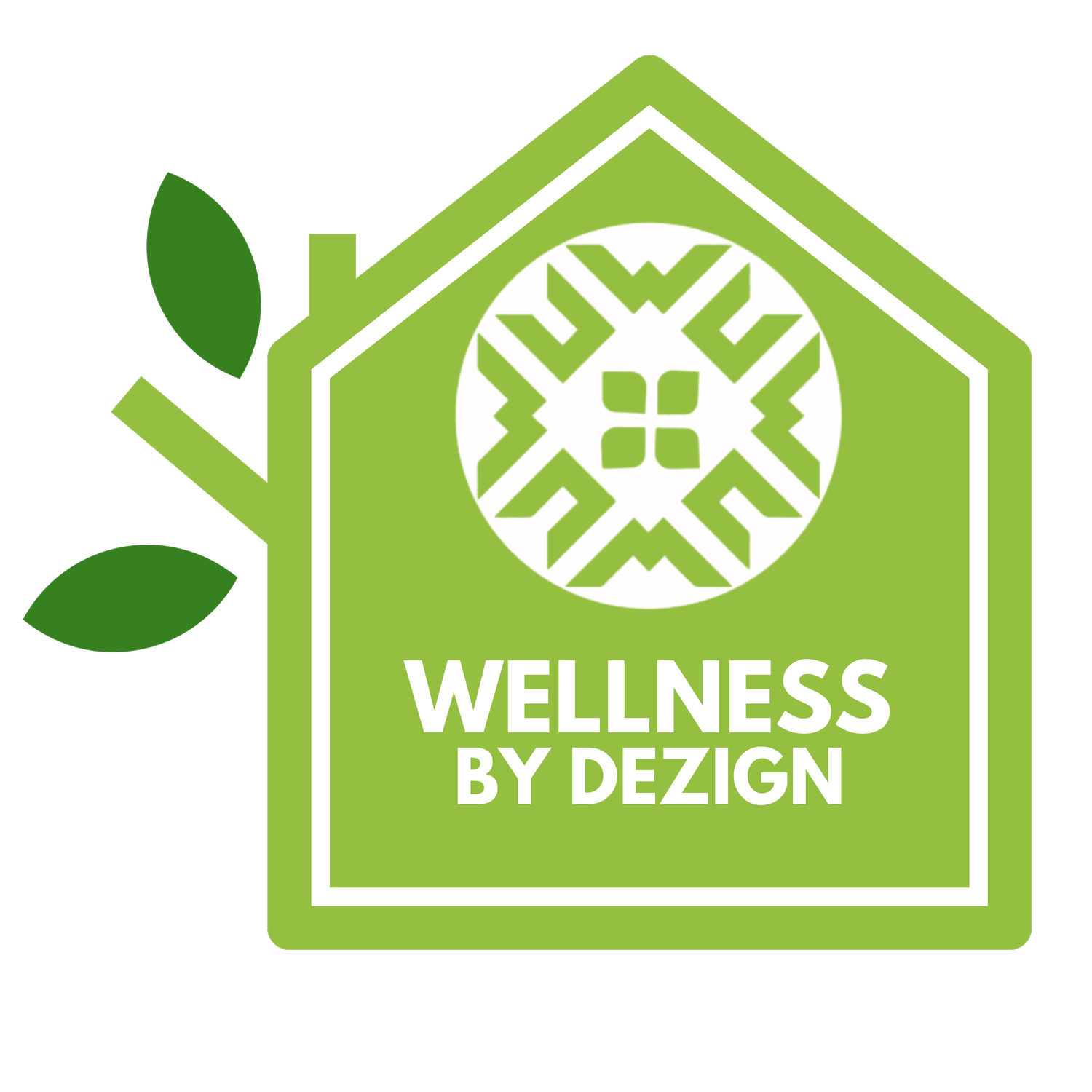Natural Stone vs. Engineered Stone: What does our health have to do with it?
There are many options when deciding on materials for your home, and countertops are one example. But navigating these decisions from a wellness perspective is a novel concept, nonetheless an important one. There is very little information on the “health effects from materials in the kitchen” except for the chemically sensitive who may not tolerate sealants from natural stone, or who want to avoid the potential off gassing from formaldehyde and glues used in low-quality or builder-grade cabinets.
This article will specifically focus on granite and engineered stone or “quartz” and how it effects human health. Certain materials, and how they are maintained, could pose some health issues depending on the exact material or stone used.
Natural Stone
Granite, like any other stone, may contain veins of naturally occurring radioactive elements like uranium, thorium, and their radioactive decay products. These trace concentrations may vary from stone to stone, or even within a single slab of granite, so therefore it depends and is hard to measure. A study of emissions of radon from 35 samples of decorative stone countertops was conducted by American Association of Radon Scientists and Technologists (AARST) and results showed higher emissions of radon gas from granite (170 pCi/lb) than from natural stone (42 pCi/lb). Engineered stone, or “quartz” showed almost no radon emissions conducted during the experiment.
If present, uranium, thorium or radium will decay into radon, a colorless, odorless, radioactive gas that may cause lung cancer. Radon released from granite building materials can be released over the lifetime of use but typically will be diluted by good air ventilation. Sealing a slab of granite, or stone, helps ward off any off gassing of radon. Typically re-sealing the stone should be done every 2 years. It is also important to use non-vinegar-based cleaner for they will strip the sealant away. Another reason to seal your stone countertop is to avoid any bacteria or virus from food or germs from absorbing into the porous surface.
While radon gas and radiation emission levels attributable to granite are not typically high, there are simply too many variables to generalize about the emissions from granite countertops. However, high levels of radon in the home (from all possible sources) is a health concern because it can cause lung cancer. Radon originating in the soil, or ground water, beneath homes is a more common problem and a far larger public health risk than radon from granite building materials. The Surgeon General and the EPA recommend testing for radon and reducing radon in homes that have high levels. If concerned, the EPA has a calculator to measure the radon dose in your home.
Engineered Stone (specifically engineered “quartz”)
Engineered stone has grown in popularity in the last 20 years, and colors and designs have improved making engineered quartz the number one choice among designers and homeowners in 2022. The price per square foot has dropped since it was first introduced back in the early 2000’s but is still more expensive than granite, per square foot.
Engineered stone contains a variety of ingredients all held together with resin (the higher the resin content, the lower the quality). Real quartz makes up as little as 10%. Other elements include a variety of granite, natural stone, crushed shells, marble, pigment and possible recycled material like ceramics, glass and mirror. Engineered stone is more durable and easier to maintain than granite, therefore, sealants are not required. However, it cannot withstand high heat like granite. Engineered stone is moisture resistant and is not porous.
In conclusion, engineered stone or “quartz” countertops are the “healthier” choice. Purchasing from an American-made company will also help cut down on the carbon footprint and will be healthier for the planet. Transporting a slab of granite, or marble, from another continent (Brazil, Spain, Italy or China) is unsustainable and not eco-friendly.
American-Made Engineered Stone Manufactures:
1. Cambria – Family owned and made in Minnesota.
2. Caesarstone – Originally from Israel, the headquarters and manufacturing are now in Savannah, Georgia.
3. Spectrum Quartz – Based in NJ and manufactured in South Carolina.
There are granite quarries in the USA but the colors are limited compared to those from other parts of the world. To find a North American granite quarry near you and to learn more about the beauty and history of natural stone, visit the Natural Stone Institute’s website.







